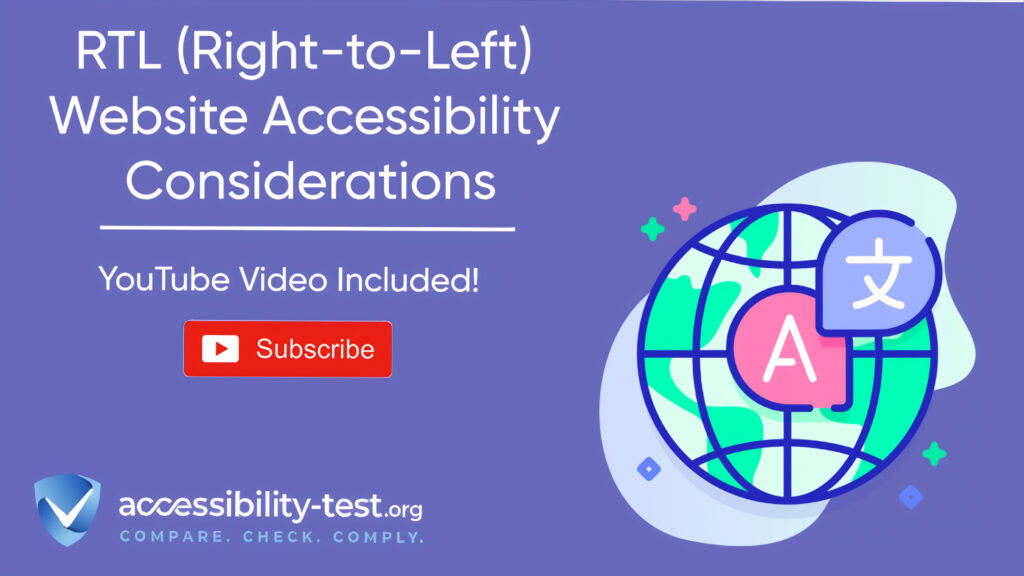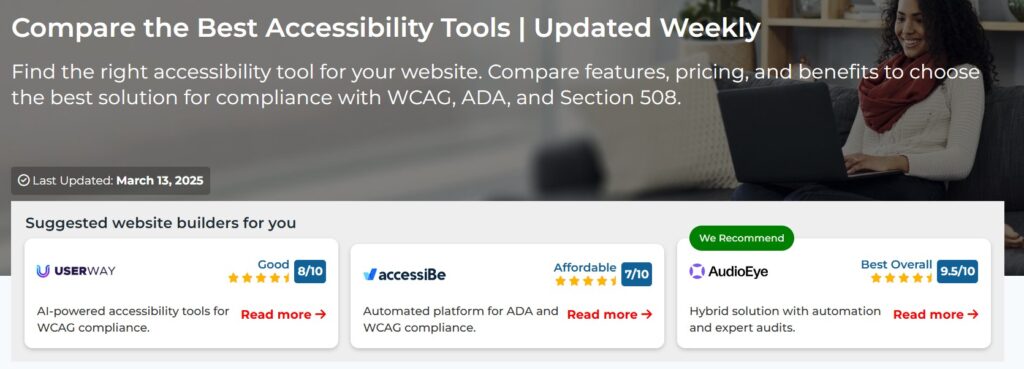
RTL (Right-to-Left) Website Accessibility
RTL accessibility has become increasingly important as websites cater to global audiences who use right-to-left languages such as Arabic, Hebrew, Persian, and Urdu. Creating truly inclusive digital spaces means ensuring your website works effectively for users regardless of their language direction preferences. Bidirectional design—which accommodates both left-to-right (LTR) and right-to-left (RTL) reading—requires careful planning and implementation across layout, content, and navigation elements.
Layout Implementation
The foundation of RTL accessibility begins with proper layout implementation. When a website supports RTL languages, the entire interface typically mirrors—what appears on the left in an LTR design shifts to the right in RTL, and vice versa. This mirroring affects everything from navigation menus to sidebars, text alignment, and interactive elements.
CSS Direction Property
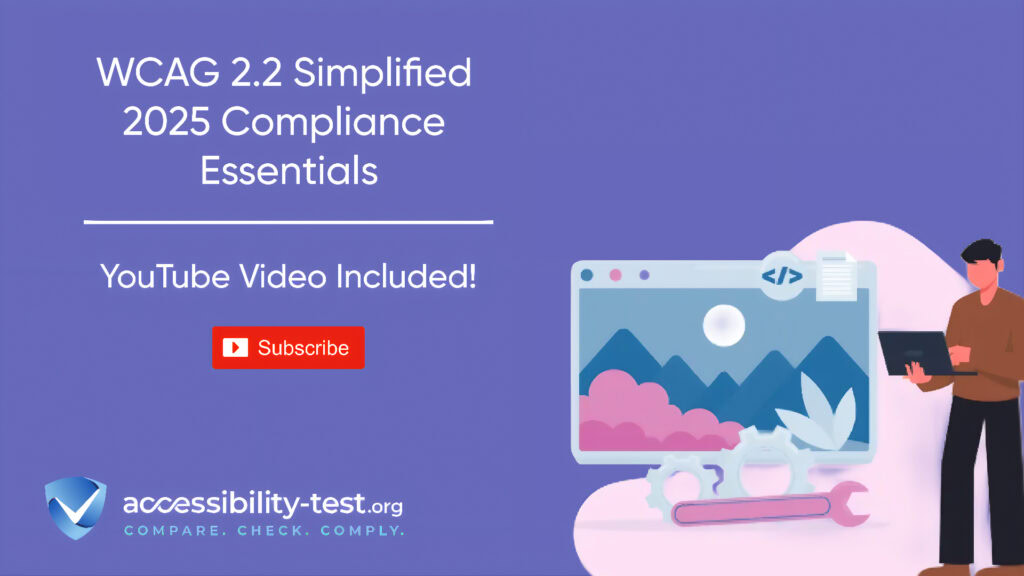
The CSS direction property serves as a fundamental tool for implementing RTL layouts. This property specifies the direction of text flow and the starting point for content within block-level elements.
direction: rtl;
While this simple CSS declaration forms the starting point for RTL implementation, it’s often insufficient on its own. The direction property should be used alongside other properties like unicode-bidi for proper bidirectional text handling.
For maximum effectiveness, implement direction settings at the HTML level using the dir attribute:
<html dir=”rtl” lang=”ar”>
This approach ensures that all elements inherit the correct direction by default. The lang attribute works alongside the dir attribute to specify the document’s language, which helps screen readers pronounce content correctly.
When to Use Direction Properties
| Context | Recommended Approach |
| Document-wide | Use dir attribute on HTML element |
| Component-specific | Apply direction CSS property to specific containers |
| Mixed content | Combine with unicode-bidi for isolated sections |
| Dynamic content | Toggle direction via JavaScript when language changes |
Remember that changing direction affects more than just text—it impacts the entire user interface flow, requiring adjustments to margins, paddings, borders, and positioning. navigation methods available in the Rotor work as expected with your app’s content.
Flexbox/Grid Adjustments
Modern CSS layout techniques like Flexbox and Grid provide powerful tools for creating direction-aware designs. These technologies respond to the document’s direction property, automatically adjusting their behavior based on whether the page is RTL or LTR.
When using Flexbox in bidirectional designs:
- The flex-direction property’s row value flows right-to-left in RTL contexts
- flex-start and flex-end swap their behavior in RTL contexts
- Margins and paddings need careful consideration with logical properties
For Grid layouts:
- Grid template areas maintain their visual relationship regardless of text direction
- Column numbering remains the same, but visual order changes
- Logical properties (start/end) adapt automatically to text direction
Using logical properties instead of physical ones (left/right) significantly simplifies RTL implementation:
- Replace margin-left with margin-inline-start
- Replace padding-right with padding-inline-end
- Use text-align: start instead of text-align: left
These logical properties automatically adapt to the current text direction, reducing the need for direction-specific CSS rules.
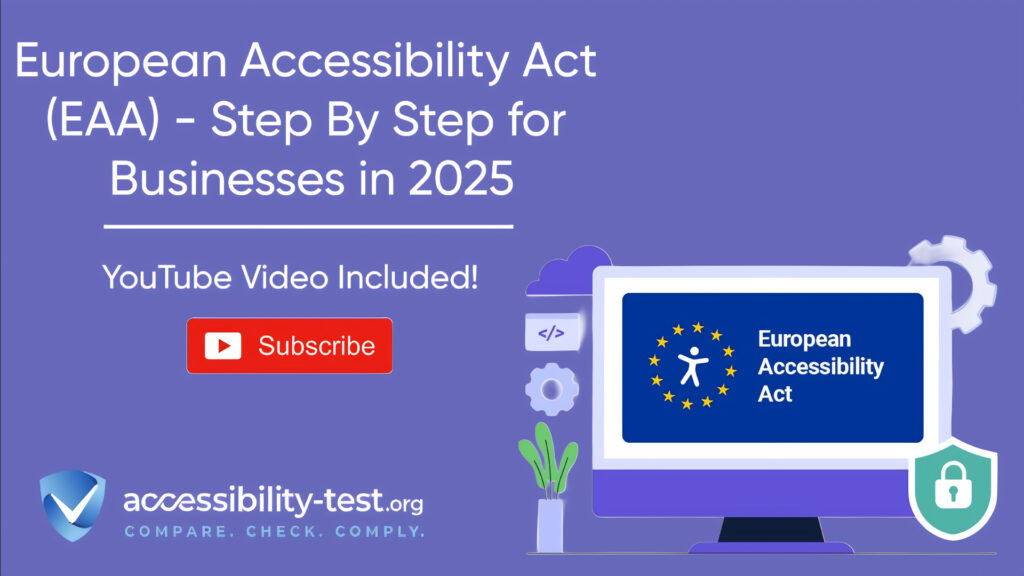
Icon Positioning
Icons present unique challenges in bidirectional interfaces. Many icons contain directional meaning—arrows pointing left or right, navigation indicators, or action symbols—that must be flipped for RTL contexts.
Categories of icons requiring attention:
- Directional icons: Arrows, carets, navigation indicators should point in the appropriate direction
- Sequential icons: Icons showing progress or steps should flow right-to-left
- Functional icons: Icons attached to input fields or buttons should appear on the appropriate side
Strategies for handling icons in RTL layouts:
- Use CSS transforms (transform: scaleX(-1)) to mirror directional icons
- Create dedicated RTL icon versions for complex graphics
- Position icons using logical properties (left → start, right → end)
- Consider icon meaning and cultural context when deciding whether to flip
Remember that not all icons should be mirrored in RTL contexts. Icons representing universal concepts like home, search, or settings typically maintain their original orientation.
Content Presentation
Beyond layout considerations, content itself requires careful treatment in bidirectional designs. Text, media, and interactive elements must adapt appropriately to language direction.
Mixed Direction Text
Many websites contain mixed language content, such as an Arabic website citing English terms or vice versa. These scenarios require special handling to maintain readability and proper text flow.
The unicode-bidi property, when used alongside direction, helps manage these complex text scenarios:
- unicode-bidi: embed — establishes a new bidirectional embedding level
- unicode-bidi: bidi-override — forces all characters to the specified direction
- unicode-bidi: isolate — creates an isolation that separates its content from surrounding text
For inline text segments in the opposite direction, use language-specific markup:
<span>English text</span>
This approach ensures screen readers announce the text correctly while maintaining appropriate text direction.
Numbers, dates, and special characters also deserve attention in RTL contexts:
- Numbers generally maintain left-to-right reading order even in RTL text
- Date formats may change based on cultural norms
- Punctuation marks often adapt to the dominant text direction
When displaying user-generated content, your system should detect language direction and apply appropriate styling automatically. This prevents formatting issues when users switch between languages or paste content from different sources.
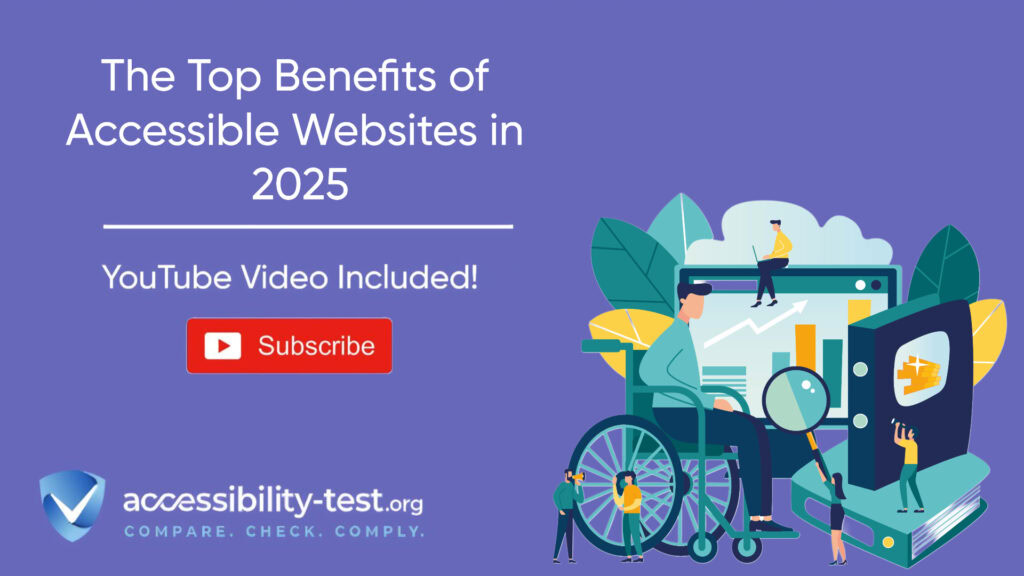
Screen Reader Announcements
Screen readers must correctly identify and announce content language and direction to provide an accessible experience. Properly marked-up documents using lang and dir attributes help assistive technologies deliver content correctly.
Key considerations for screen reader compatibility:
- Mark the primary document language using the lang attribute on the HTML element
- Use the dir attribute consistently throughout the document
- Include lang attributes on elements containing text in a different language
- Test with popular screen readers in multiple languages
Screen readers often announce direction changes when encountering elements with different dir attributes. Excessive direction switching can create a confusing experience, so use direction changes judiciously and only when necessary for correct presentation.
ARIA attributes can enhance the screen reader experience with RTL content:
- aria-live regions should consider text direction for dynamic content
- Custom ARIA attributes may need direction-specific values
- Test thoroughly with screen readers in both RTL and LTR modes
Remember that most screen readers follow the language preferences set by the user’s operating system. A properly marked-up page ensures the screen reader can detect language changes and pronounce content correctly.
Navigation Patterns
Navigation presents unique challenges in RTL interfaces. Users expect navigation elements to follow their reading direction, which affects everything from menu placement to interaction patterns.
Keyboard Navigation Flow
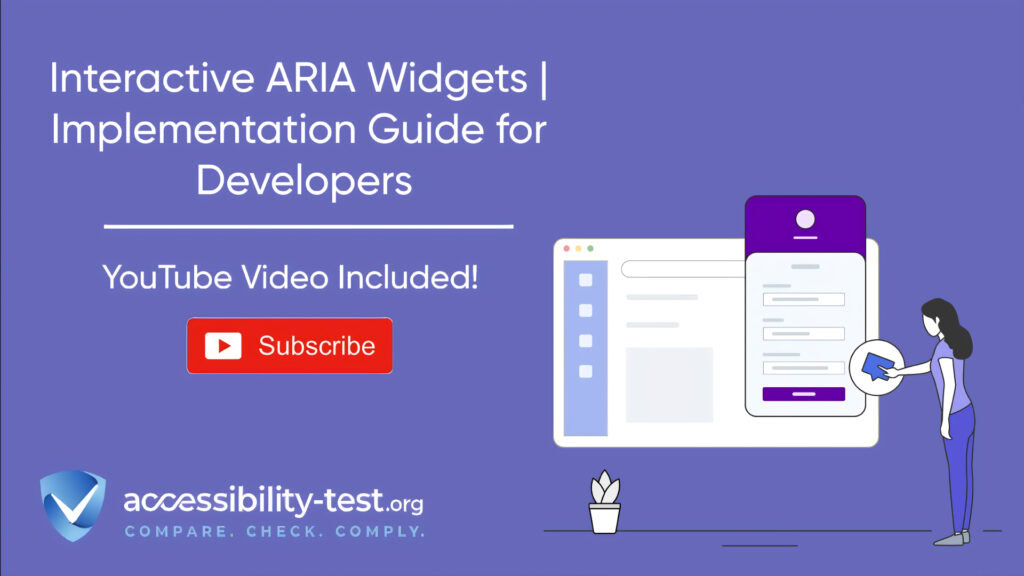
Keyboard navigation should match the visual flow of the interface. In RTL contexts, this often means reversing the expected tab order to move from right to left across interface elements.
The natural tab sequence follows the DOM order of elements. In RTL designs, you may need to adjust the markup structure to ensure a logical tab order that matches the visual presentation. Consider these approaches:
- Reorder DOM elements to match visual RTL presentation
- Use tabindex attributes carefully to manage focus flow
- Test keyboard navigation thoroughly with RTL users
For complex interfaces, create shortcuts and keyboard patterns that make sense in both RTL and LTR contexts. Focus indicators should appear on the appropriate side of elements based on the current direction.
When designing keyboard shortcuts:
- Avoid direction-specific key combinations when possible
- Consider cultural differences in keyboard layouts
- Provide clear documentation for keyboard users
- Test with RTL keyboards and screen readers
Remember that many RTL users may switch between RTL and LTR contexts frequently, especially when using technical terminology or entering data. Your interface should accommodate this switching seamlessly.
Pagination Controls
Pagination controls typically follow reading direction—in LTR interfaces, “previous” appears on the left and “next” on the right. In RTL interfaces, this pattern reverses with “previous” on the right and “next” on the left.
Implementation considerations for pagination in RTL contexts:
- Reverse the visual order of pagination controls
- Adjust arrow directions to match reading flow
- Maintain consistent keyboard shortcuts for pagination
- Consider cultural expectations for pagination patterns
Beyond simple pagination, other directional UI elements require similar attention:
- Carousels and sliders should move in the direction matching the reading flow
- Timeline displays typically flow right-to-left in RTL contexts
- Progress indicators should fill from right to left
The key principle remains consistent: interactive elements should behave in ways that feel natural to users based on their reading direction expectations.
Technical Implementation
Building RTL-compatible websites requires attention to technical details beyond basic styling. From framework selection to testing methodologies, each decision affects the final user experience.
CSS Frameworks and RTL Support
Many popular CSS frameworks now offer built-in RTL support, simplifying implementation for developers. Bootstrap, for example, provides an RTL version that automatically handles many direction-specific adjustments.
When evaluating frameworks for RTL projects:
- Check if the framework offers dedicated RTL support
- Understand how the framework handles direction switching
- Review documentation for RTL-specific limitations
- Test framework components in RTL contexts
For custom implementations, consider using CSS logical properties (start/end) instead of physical properties (left/right) wherever possible. This approach creates more maintainable code that adapts automatically to direction changes.
Testing RTL Implementations

Thorough testing remains essential for successful RTL implementations. Beyond visual inspection, consider these testing approaches:
- Test with native RTL language users
- Verify keyboard navigation flows logically
- Check screen reader announcements in RTL mode
- Test dynamic content and AJAX-loaded components
- Verify forms and input fields handle RTL text correctly
- Test printing and PDF generation with RTL content
Automated testing tools can help identify common RTL issues, but they cannot replace manual testing with actual RTL users. Consider establishing an RTL testing checklist to ensure consistent evaluation across projects.
Cultural Considerations
RTL accessibility extends beyond technical implementation to cultural awareness. Different RTL language communities have unique expectations and preferences that affect design decisions.
Language-Specific Requirements
Each RTL language presents specific challenges:
- Arabic requires special handling for diacritical marks and ligatures
- Hebrew has unique punctuation and spacing considerations
- Persian uses some characters and numerals differently from Arabic
- Urdu has complex script connections that affect text rendering
Typography choices should consider language-specific requirements:
- Select fonts with proper RTL language support
- Ensure adequate line height for languages with stacked diacritics
- Consider character spacing in dense scripts
- Test readability across different screen sizes
Calendar systems, date formats, and time representation may also differ across RTL cultures. Implement locale-aware date handling that respects cultural preferences.

Visual Design in RTL Contexts
Visual design elements often carry directional meaning that may need adjustment in RTL contexts:
- Flow charts and process diagrams should follow RTL reading patterns
- Infographics may need complete redesign for RTL audiences
- Photos and illustrations should consider cultural context
- Color meanings may vary across cultures
Work with native RTL language speakers during the design process to identify culturally appropriate visual treatments and avoid unintended implications.
Implementation Strategies
Successful RTL accessibility implementation requires strategic planning across the development lifecycle. Consider these approaches for effective bidirectional support.
Progressive Enhancement
Rather than building separate RTL and LTR versions, implement bidirectional support through progressive enhancement:
- Build a solid, semantically structured foundation
- Apply logical CSS properties that adapt to direction
- Add direction-specific overrides only when necessary
- Test thoroughly in both RTL and LTR contexts
This approach creates a single codebase that adapts to user language preferences rather than maintaining separate versions.
Translation and Localization
RTL support often occurs alongside translation efforts. Consider these factors when localizing for RTL languages:
- Text expansion/contraction affects layout differently in RTL contexts
- Cultural references may need adaptation beyond simple translation
- Form labels and placeholders must align correctly with RTL fields
- Error messages should appear on the appropriate side of form elements
Implement a content strategy that accommodates direction changes from the beginning rather than treating RTL as an afterthought.
Performance Considerations
RTL implementations can affect performance if not handled efficiently:
- Avoid direction-specific duplicate CSS when possible
- Consider conditional loading for direction-specific resources
- Test performance metrics in both RTL and LTR modes
- Optimize RTL-specific font loading
Monitor performance across both directions to ensure consistent user experience regardless of language preference.
Common RTL Accessibility Challenges
Several challenges consistently appear in RTL implementations. Awareness of these issues helps prevent common mistakes.
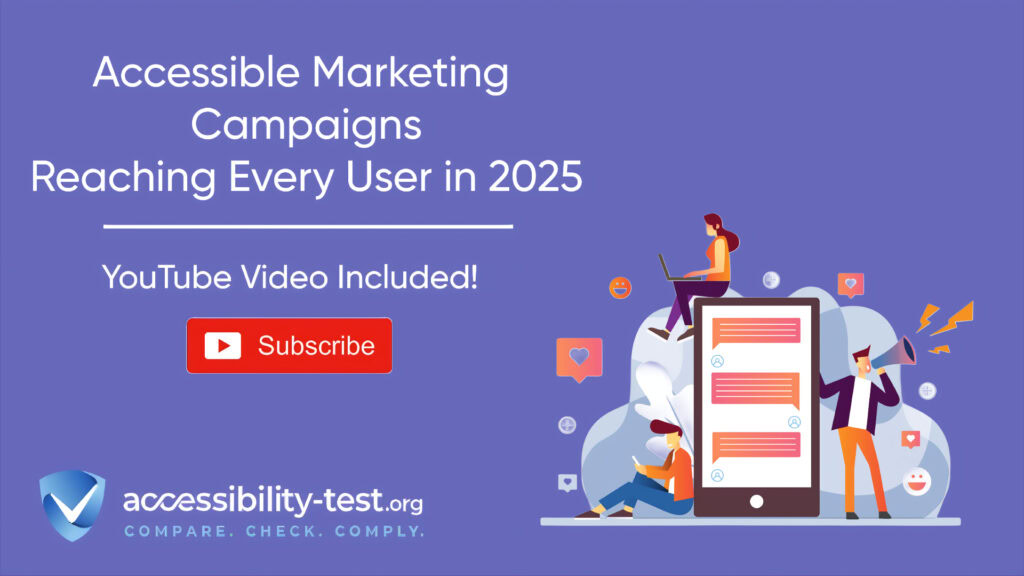
Form Design and Validation
Forms present particular challenges in RTL contexts:
- Input alignment should match reading direction
- Validation messages should appear on the appropriate side
- Field grouping and flow should follow RTL patterns
- Placeholder text should align correctly
Ensure form labels maintain proper association with inputs regardless of direction. Test form submission and validation thoroughly in RTL mode.
Tables and Structured Data
Tables often require special handling in RTL contexts:
- Consider whether column order should reverse in RTL
- Ensure header relationships remain clear when direction changes
- Test complex tables with screen readers in RTL mode
- Verify sorting functionality works correctly with RTL data
For complex data presentations, consider whether the underlying meaning depends on directional relationships and adjust accordingly.
Third-Party Integrations
External widgets, embedded content, and third-party tools may not support RTL languages properly:
- Evaluate RTL support before selecting third-party components
- Apply direction-specific styling to embedded content when possible
- Consider alternatives for components with poor RTL support
- Test third-party content thoroughly in RTL contexts
Document RTL limitations of integrated tools to help content creators make informed decisions.
Tools and Resources
Several tools can assist with implementing and testing RTL accessibility:
- Browser extensions that toggle page direction for testing
- CSS frameworks with built-in RTL support
- RTL-aware component libraries
- Automated testing tools for RTL layouts
Develop an RTL testing checklist specific to your projects to ensure consistent implementation across features.
Using Automated Tools for Quick Insights (Accessibility-Test.org Scanner)
Automated testing tools provide a fast way to identify many common accessibility issues. They can quickly scan your website and point out problems that might be difficult for people with disabilities to overcome.
Visit Our Tools Comparison Page!

Run a FREE scan to check compliance and get recommendations to reduce risks of lawsuits
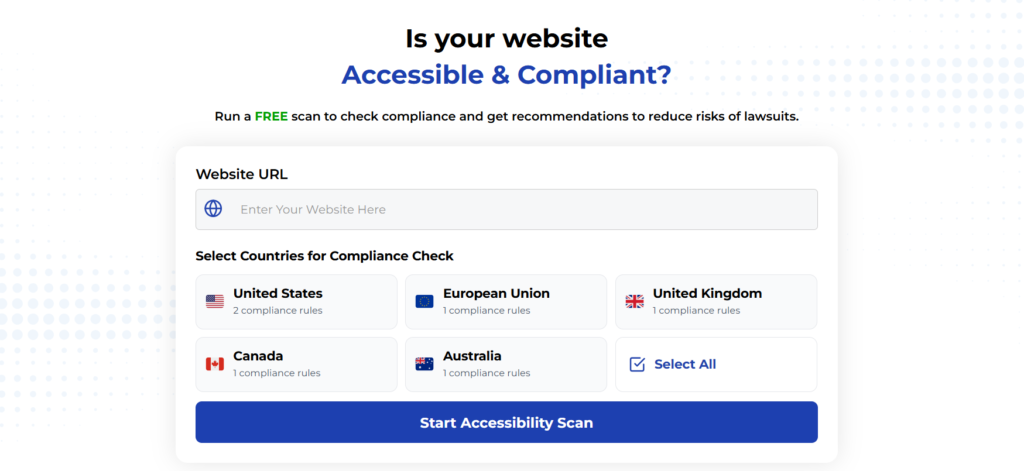
To Conclude The React Component Best Practices
Creating accessible experiences for RTL language users requires attention to detail across layout, content, and interaction patterns. By understanding the principles of bidirectional design and implementing direction-aware solutions, you can build truly inclusive websites that serve users regardless of language direction.
Remember that RTL accessibility isn’t just about flipping layouts—it’s about creating experiences that feel natural and intuitive to users reading from right to left. This requires technical implementation alongside cultural awareness and user testing.
By following the practices outlined in this article, you can create websites that provide equivalent experiences to all users, regardless of their preferred reading direction or language.
Run a FREE scan to check compliance and get recommendations to reduce risks of lawsuits.



